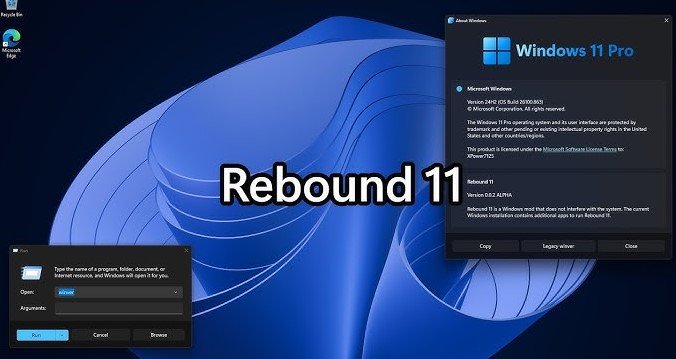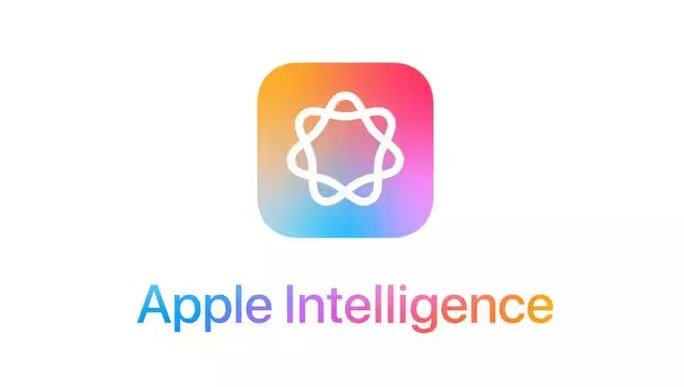So, you’re thinking about diving into the world of data engineering? Well, first off, great choice! Data is everywhere these days, and the demand for skilled data engineers is only growing. But, let’s be honest, it can be a little overwhelming at first. Where do you even begin with all the tools and platforms out …
7 Data Engineering Tools for Beginners: Your Guide to Mastering Data Like a Pro

So, you’re thinking about diving into the world of data engineering? Well, first off, great choice! Data is everywhere these days, and the demand for skilled data engineers is only growing. But, let’s be honest, it can be a little overwhelming at first. Where do you even begin with all the tools and platforms out there?
That’s why we’re here to break it all down. In this guide, we’ll walk you through 7 data engineering tools for beginners that’ll not only make your life easier but also help you build a strong foundation for your future career. Ready to turn that data chaos into structured gold? Let’s jump right in!
Why Tools Matter in Data Engineering
Before we dive into the 7 data engineering tools for beginners, let’s talk about why tools are so important in this field. Think of tools like your Swiss army knife. Each one has a specific function and helps you do your job more efficiently. Without the right tools, you’d be stuck trying to dig a hole with a spoon when a shovel would do the trick! Plus, understanding these tools helps you stay competitive in a job market that loves efficiency.
What Should You Look for in a Data Engineering Tool?
Before we start listing the tools, here are a few things you should keep in mind when selecting the right tool for your needs:
- Ease of Use: As a beginner, you don’t want something that feels like you’re learning rocket science.
- Scalability: Look for tools that will grow with you as you advance in your career.
- Community and Support: A strong community and documentation can save you hours of frustration.
- Integration Capabilities: Data rarely lives in one place, so you’ll want a tool that plays well with others.
Now, let’s get to the fun part: the 7 data engineering tools for beginners that’ll take you from zero to hero!
1. Apache Hadoop
When it comes to handling massive amounts of data, Apache Hadoop is a tool you can’t afford to ignore. It’s the granddaddy of big data tools and for good reason.
Why is Apache Hadoop Essential?
Hadoop is built to process huge datasets across many computers. It’s like an army of ants working together to lift a giant leaf. What’s more, it’s open-source and highly scalable, so you can use it for personal projects or scale up as your data needs grow.
Features Apache Hadoop
- Distributed storage and processing
- High fault tolerance
- Scales from a single server to thousands
- Open-source and cost-effective
If you’re serious about big data, this tool is a must in your toolkit.
2. Apache Spark
Next up, we have Apache Spark—another powerhouse in the world of big data. While Hadoop processes data in batches, Spark is like its cooler, faster cousin that handles real-time data processing.
What Makes Apache Spark Shine?
Speed! Spark can process data lightning-fast compared to Hadoop, thanks to its in-memory data processing. If you’re working on tasks like streaming analytics, machine learning, or interactive queries, Spark is your go-to.
Features Apache Spark
- Real-time data processing
- High-level APIs in Java, Scala, Python, and R
- Integrates easily with Hadoop and other big data tools
The best part? Spark’s flexibility lets you dip your toes into a variety of data engineering tasks without feeling overwhelmed.
3. Talend
If coding isn’t your thing yet, then Talend is about to be your best friend. This tool allows you to build data pipelines without writing tons of code—perfect for beginners!
Why Should You Choose Talend?
Talend offers a user-friendly drag-and-drop interface that simplifies data integration and transformation tasks. It’s also highly compatible with other tools like Hadoop, Spark, and cloud services, making it a versatile tool in your beginner’s toolbox.
Features Talend
- Visual interface (no heavy coding required)
- Data integration, quality, and governance
- Works with big data, cloud, and on-premise environments
For those just starting out, Talend is like having training wheels for your data engineering bike.
4. AWS Glue
If you’re thinking about working with cloud-based tools (which you should be), AWS Glue is a fantastic option. It’s Amazon’s fully managed ETL (Extract, Transform, Load) service that makes it easy to prepare and move data.
What’s So Special About AWS Glue?
Glue automates much of the work involved in data preparation, allowing you to focus on the fun part—actually working with the data! Plus, it integrates seamlessly with other AWS services, making it an ideal choice if you’re already working in the AWS ecosystem.
Features AWS Glue
- Serverless ETL (no infrastructure management required)
- Automatic schema discovery
- Works seamlessly with other AWS tools like S3, Redshift, and Athena
For beginners looking to break into cloud data engineering, AWS Glue is a fantastic stepping stone.
5. Apache Kafka
Need to handle real-time data streams? Then say hello to Apache Kafka, a tool designed for building real-time streaming data pipelines and applications.
Why Should You Use Apache Kafka?
Kafka’s strength lies in its ability to handle high-throughput, low-latency data streams. It’s perfect for scenarios where data is generated constantly, like in financial services, IoT devices, or social media platforms.
Features Apache Kafka
- Real-time data streaming
- High-throughput and low-latency performance
- Fault-tolerant and scalable
If your future projects involve real-time data, Kafka is the go-to tool.
6. DBT (Data Build Tool)
dbt, short for Data Build Tool, is all about simplifying the process of transforming your data. It’s especially useful if you’re working with a modern data warehouse.
Why Beginners Should Love dbt
dbt helps you transform your raw data into a usable format, using SQL—the language of data. It’s like having a sous-chef in your kitchen who preps everything so that you can focus on the main dish.
Features Data Build Tool
- Simplifies data transformation with SQL
- Open-source and easy to learn
- Integrates well with modern data warehouses like Snowflake and BigQuery
If you’re already familiar with SQL or want to learn it, dbt is a great tool to start with.
7. Airflow
Last but not least, we have Apache Airflow, a tool for scheduling and automating your workflows. It’s like having a personal assistant that makes sure all your data tasks are done on time.
Why Should You Consider Airflow?
Airflow helps you create workflows in the form of Directed Acyclic Graphs (DAGs). It’s ideal for orchestrating ETL jobs and making sure everything runs smoothly without you having to lift a finger.
Features Airflow
- Workflow automation
- Easy integration with other data engineering tools
- Open-source with a strong community
For beginners, Airflow is an essential tool for automating repetitive tasks and keeping your projects organized.
There you have it the 7 data engineering tools for beginners that can help you kickstart your journey into the world of data engineering. Whether you’re diving into big data with Hadoop, processing real-time streams with Kafka, or simplifying your workflows with Airflow, these tools will equip you with everything you need to succeed.
Remember, you don’t have to master all of them at once. Start small, experiment, and don’t be afraid to make mistakes—that’s where the real learning happens. With these tools by your side, you’ll be well on your way to becoming a data engineering pro! Ready to get started? Pick one of the tools above and start exploring today!








